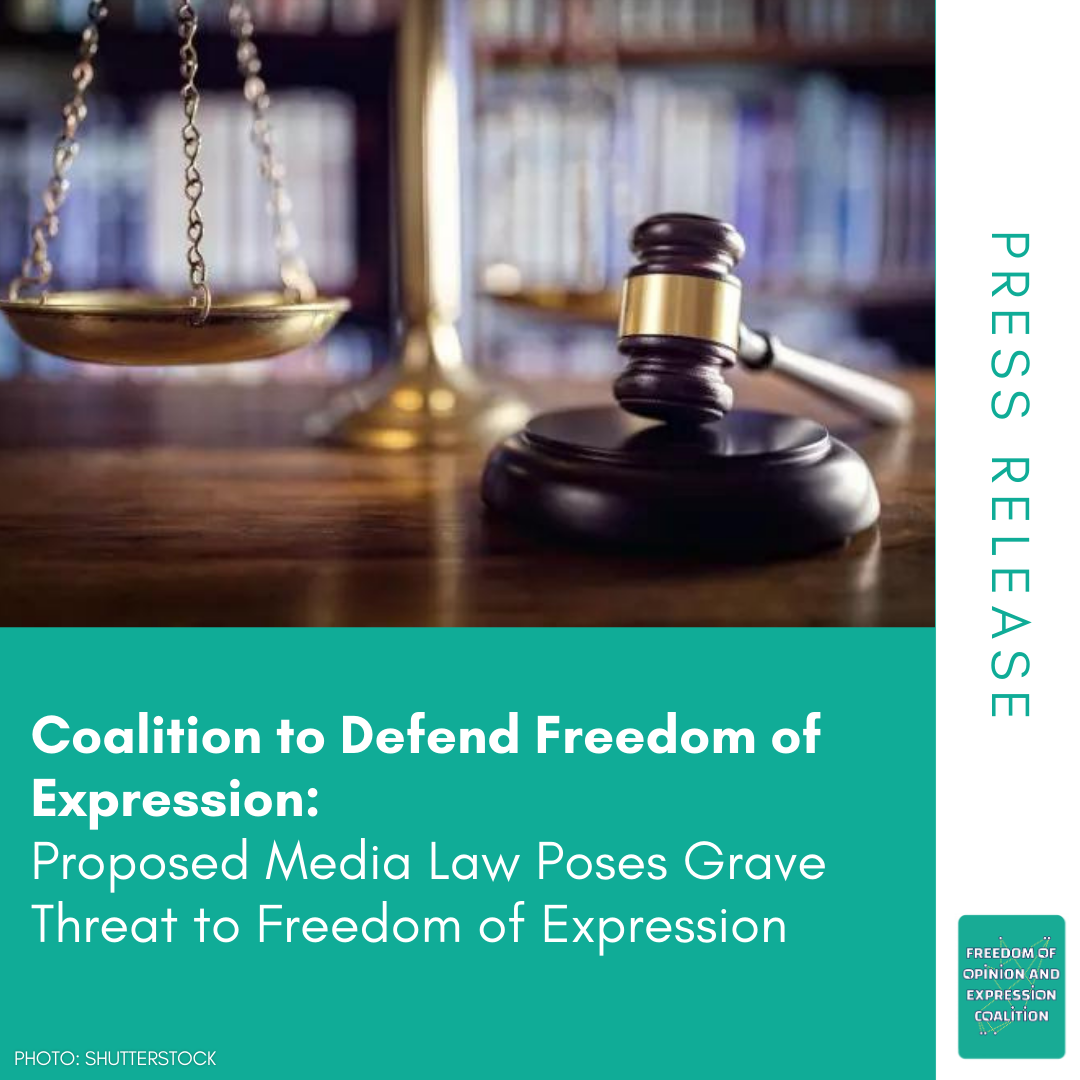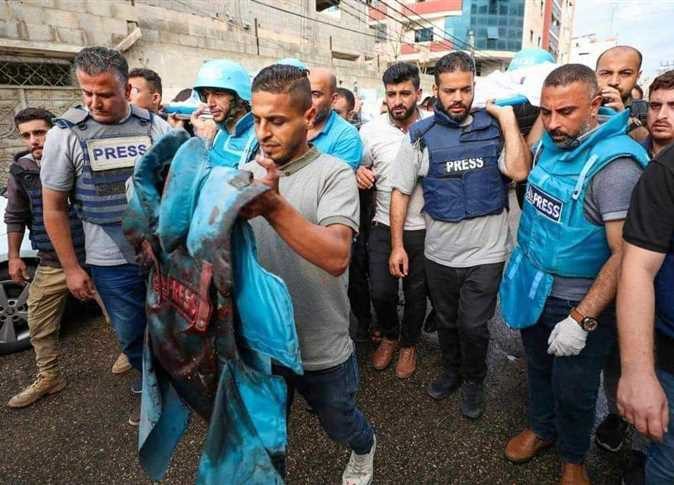Lebanon Dam Business: Destroying the Environment and Squandering Public Funds

Balaa Dam: Filling Bottomless Sinkholes
Work on Balaa Dam began in 2014. At the end of 2017, “or in early 2018 – I no longer remember exactly – a team from the Ministry of Energy came to call the residents to a meeting to begin studying the dam’s environmental impact”, a resident of Chatin, which neighbors Balaa, tells The Legal Agenda. The man, who says that his heart is burning, scoffs at the destruction of the region for the sake of collecting 800,000 cubic meters of water at a cost reaching USD$70 million so far. The works did not finish at the end of 2017, as the billboard about the project at the site states. At that time, the man told the team, “The ship has sailed. You’re coming after three to four years of work to do an environmental impact study?” The dam was supposed to cost between USD$18 million and a maximum of USD$25 million, a government source tells The Legal Agenda. The source, who is following-up the dam’s construction and fears mentioning his name lest he lose his job, says that, “There is no economic logic in paying approximately USD$70 million so far for a dam that collects 800,000 cubic meters of water, and the irony is that they’ve ruined the land that it’s supposed to irrigate”.
Tannourine resident Rami Fadil is a member of Guardians of the Peaks [Hurras al-Qimam], a group active in his town and Aaqoura composed of activists watching out for the region’s environmental interests. He describes the construction of the dam in Balaa as a grave sin. He mentions that “Balaa was named thusly because it is in a region famous for sinkholes [bawali’]. Nevertheless, at the start of the excavations, the dam contractor was surprised by the appearance of 25 sinkholes, some bottomless, at the site [where the dam water surface] is supposed to extend”. He relates from workers on the project that they put 10,000 cubic meters of concrete in one of the sinkholes to close it, “yet all the concrete disappeared”. A construction contractor tells The Legal Agenda that good quality concrete costs approximately USD$90 to $100 per meter, which includes the cost of transporting it and injecting it into the openings. Hence, they injected one million dollars’ worth of concrete into one sinkhole, “and multiply that for 25 sinkholes”. Similarly, the witness from Chatin says that he witnessed with his own eyes the appearance of at least 22 sinkholes: “I saw them and counted them one by one”.
The government source links this discussion to what happened in 1994: “At that time, they put dye in one of the area’s sinkholes, and it then appeared in Dalli Spring in Kfarhilda in the lower barren hinterland [jord] of Batroun, while Balaa is located in the upper jord on the border with Tannourine. This confirms that the subterranean streams are connected”. Fadil thinks that the same thing occurred with the concrete as “turbidity from concrete appeared in the same spring… Someone tries to fill in bottomless sinkholes?” The same issue is documented by the Chatin resident who witnessed the dam works: “We dig sewage pits that turn out to be bottomless. All the common people know that the area is all sinkholes. How did the Ministry of Energy not study the quality of the soil and its geohydrological composition?”
According to Fadil’s information, after the attempt to fill the sinkholes with concrete failed, the project’s implementers moved on to Plan B, namely filling them with rock. They indicated that they needed approximately one million cubic meters of rock. According to a rock worker, one cubic meter extracted from the ground costs approximately USD$20, including the cost of transporting it from a nearby location. Hence, the dam’s cost would rise by another USD$20 million. The project’s implementers attempted, according to Fadil, to obtain the rock from the Ain al-Dubb area in the jord of al-Aaqoura, “which is flourishing with junipers at an altitude of 2,300 meters above sea level and a source of groundwater in the region”. After they made an agreement with the mayor of Aaqoura, the “Guardians of the Peaks in the area, in cooperation with environmental activists, thwarted the agreement, armed with the classification of Ain al-Dubb as one of Lebanon’s nature reserves under the National Physical Master Plan of the Lebanese Territory”.
Then the implementers moved on to Tannourine and made an agreement with its municipality for the extraction of rock from the Blaita area, which is also classified as a nature reserve under the same plan and is rich with junipers and rock. The Guardians of the Peaks themselves once again thwarted the agreement.
To demonstrate the failure and uselessness of Balaa Dam and its wastage of public funds, Fadil, along with the Chatin resident and the government source, emphasize that the residents of Tannourine dug with their own hands mountain ponds that can hold 11 million cubic meters of water, with which they irrigate their lands. “This is evidence of the squandering of public funds on failed dam projects.”
Referring Brissa Dam to the Judiciary
Brissa Dam, which is located at the bottom of al-Qurna al-Sawda in the heights of Danniyeh, is another example of government mismanagement of water involving the construction of dams without careful or serious scientific studies and without any consideration for the surrounding environment. Brissa Dam came up again recently (specifically on September 24 2019) when the Council of Ministers allowed the government to approve a loan agreement (worth approximately USD$8 million) with the Kuwait Fund for Arab Economic Development to repair the dam’s floor because the calcareous nature of the ground in the area prevents the catchment of water. This loan was approved despite the issue that occurred in Parliament and caused resigned Prime Minister Saad Hariri to withdraw from the session in protest to questions MPs raised about the rising cost of the dam, which was supposed to be finished in 2003. At that time, a tragic irony occurred in Lebanese politics: the additional funds were loaned in tandem with the case’s referral to the judiciary, specifically the Financial Public Prosecution.
The Legal Agenda commented on the parliamentary debates at the time, exposing three major scandals:
-
“The first is the corruption in the Public Works Administration. The state representatives’ identification with the contractors usually causes the cost of projects to multiply. While the cost of Brissa Dam was USD$10 million, repairing its floor because of the nature of the ground cost an extra US$20 million, and the new loan of US$8 million allocated for the same purpose has been justified.
-
The second is the ignorance and poor planning: to justify the new provisions and the dam’s inability to collect water, Minister of Energy and Water Nada Boustani stated that it is difficult to know the soil’s nature before implementing the dam. Of course, this admission that the administration was unable to foresee how well the dam would achieve its objectives applies to the whole policy of constructing dams and bolsters their opponents, especially if their construction destroys sites that bear great importance for multiple reasons, such as Marj Bisri. In this case, we are destroying resources and the environment for the sake of an uncertain goal.
-
As for the third scandal, it was the confrontation over the prioritization of Brissa Dam over other areas in Mount Lebanon. This confrontation has taken on a political-sectarian character that could become more acute the more the crisis intensifies and the resources to divvy up decline.”[1]
Chabrouh, Janna, Qaisamani, and Mseilha
Roland Nassour, coordinator of the National Campaign to Protect the Bisri Valley, worked on a study of dams for the American University in Beirut. He found that “Chabrouh Dam in Kesrouane, which is 63 meters high, suffers from a leakage problem because of the ground’s karstic nature. Since the end of the dam’s construction in 2006 till today, the water has not reached the levels forecast in the project’s design. The losses from leakage range from 22,000 to 33,000 cubic meters each day”. Nassour also refers to “a study published in the Environmental Earth Sciences journal in 2010 that observed major leakage in some areas of the dam’s reservoir that reached 200 liters per second”.
As for Janna Dam, which is still under construction, Nassour says that it “eliminated large areas of the agricultural lands and forest in the Nahr Ibrahim Valley, the richest valley in terms of biodiversity in Lebanon”. The German Federal Institute for Geosciences and Natural Resources (BGR) recommended not implementing it “after tests confirmed the dam’s inability to collect water because of the permeability of the rocks and inevitability that water would leak towards the Jeita Spring”. According to Nassour, the institute concluded that, “Constructing Janna Dam will quantitatively and qualitatively damage the water of the spring, which is the largest source of water in Beirut and Mount Lebanon”.
Nassour moves on to upper Metn, where the Ministry of Energy “constructed Qaisamani Dam in the buffer of Shaghour Spring in Hammana despite the residents’ opposition and in contravention of the decree to protect the spring’s buffer. This led to the muddying and pollution of the spring’s water. During 2017 and 2018, the reservoir filled up to no more than one third of its capacity of one million cubic meters, and the proliferation of certain kinds of insects has been documented on the reservoir’s banks”.
As for Batroun District, the construction of Mseilha Dam finished in late 2019 after years of implementation problems. Nassour relates that experts confirmed that “Mseilha Dam suffers from a fundamental flaw, namely its proximity to the estuary”. This, he added, would lead to the buildup of large amounts of sediment and sludge behind the dam and impair the flow of the water, necessitating the use of costly pumps.
This article is an edited translation from Arabic
Keywords: Lebanon, Dam, Sinkholes, Public funds, Environment
[1] “Sadd Brisa al-Mathqub Yu’arri Siyasat al-Sudud al-Fashila: Hal Yunqidhu Fashl Brisa Marj Bisri? Ta’liq ‘ala Jalsat 24 Aylul al-Tashri’iyya”, The Legal Agenda – Lebanon Parliamentary Monitor, September 26 2019



